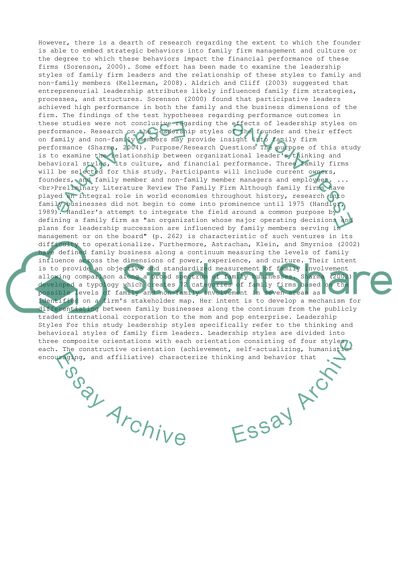Cite this document
(“Relationship between organizational leadership, culture and Dissertation”, n.d.)
Retrieved from https://studentshare.org/business/1415694-relationship-between-organizational-leadership-culture-and-performance-in-family-businesses
Retrieved from https://studentshare.org/business/1415694-relationship-between-organizational-leadership-culture-and-performance-in-family-businesses
(Relationship Between Organizational Leadership, Culture and Dissertation)
https://studentshare.org/business/1415694-relationship-between-organizational-leadership-culture-and-performance-in-family-businesses.
https://studentshare.org/business/1415694-relationship-between-organizational-leadership-culture-and-performance-in-family-businesses.
“Relationship Between Organizational Leadership, Culture and Dissertation”, n.d. https://studentshare.org/business/1415694-relationship-between-organizational-leadership-culture-and-performance-in-family-businesses.


